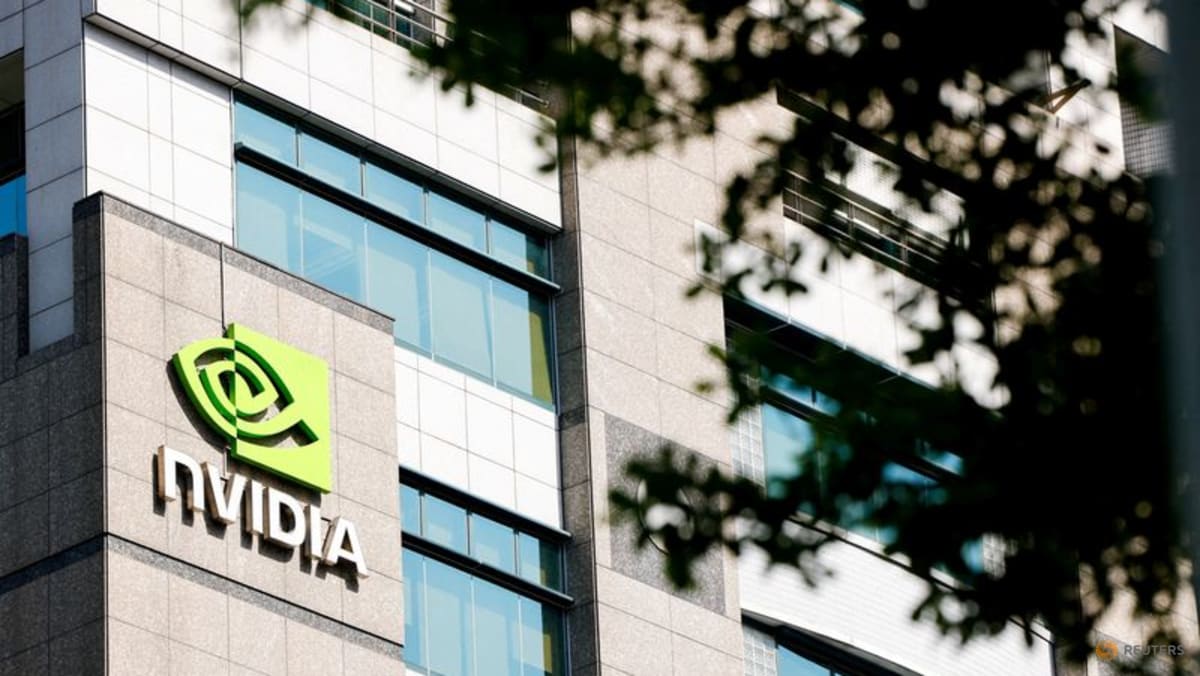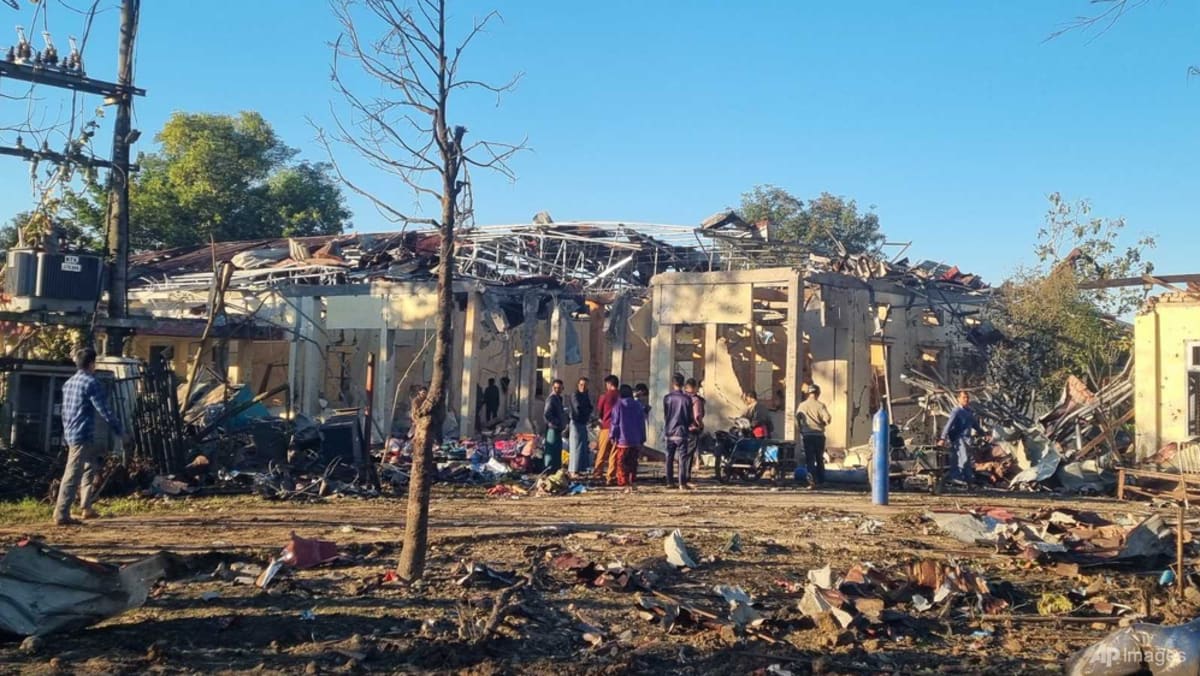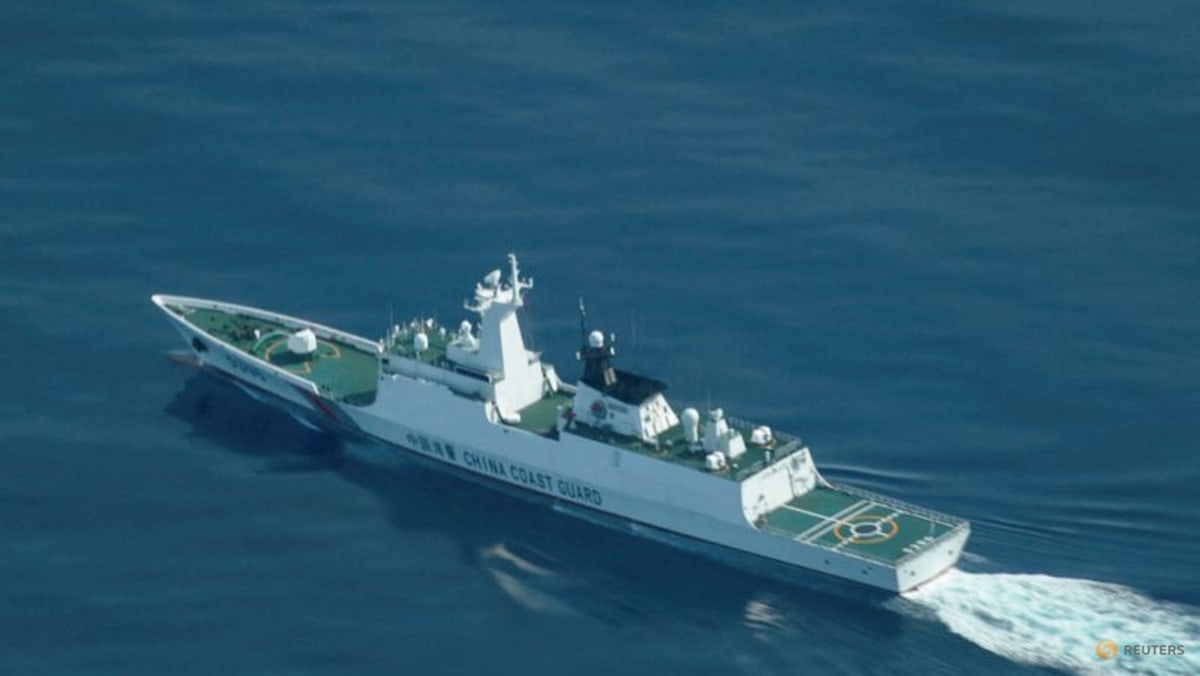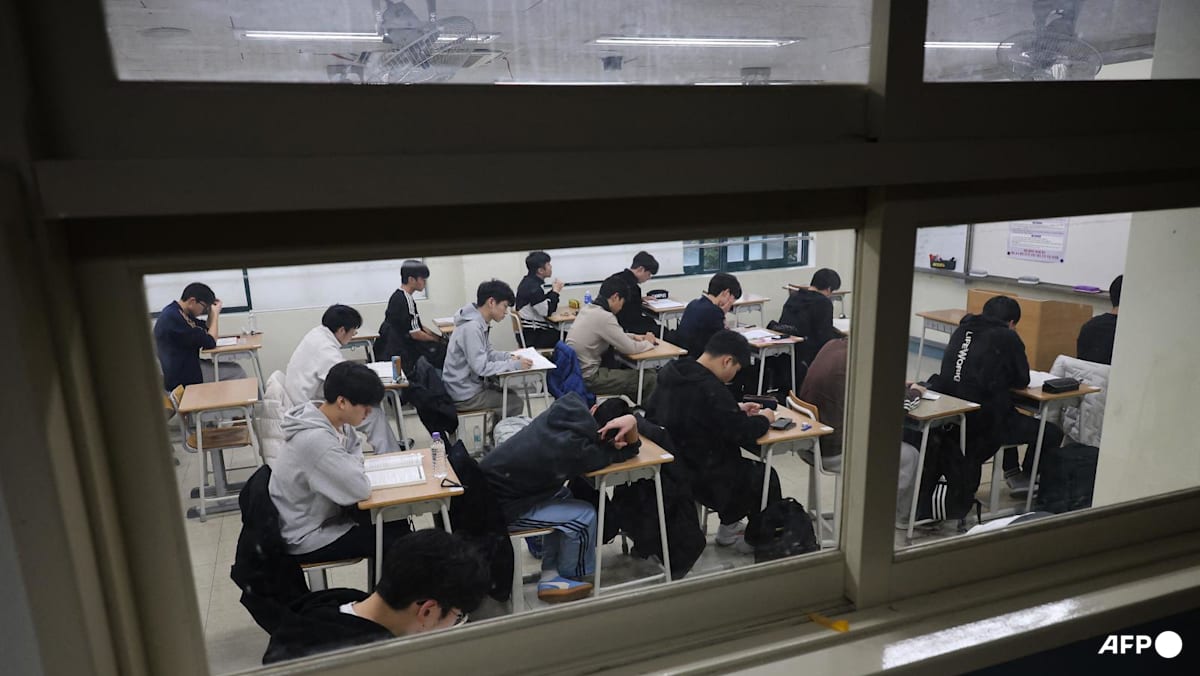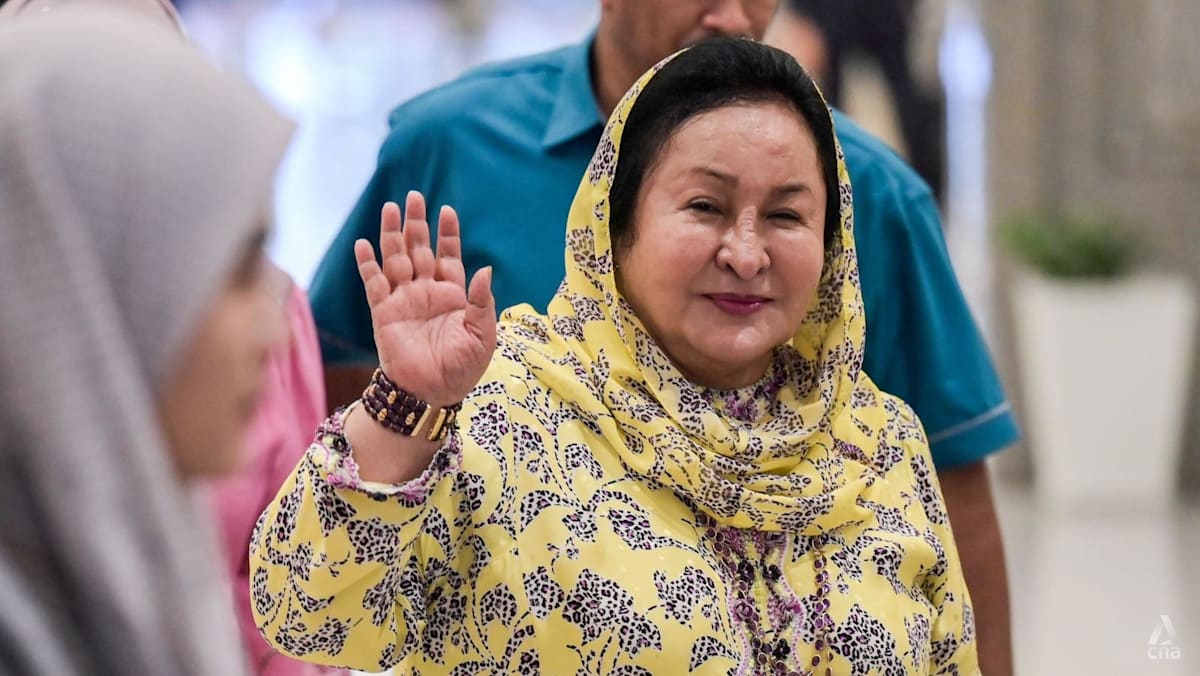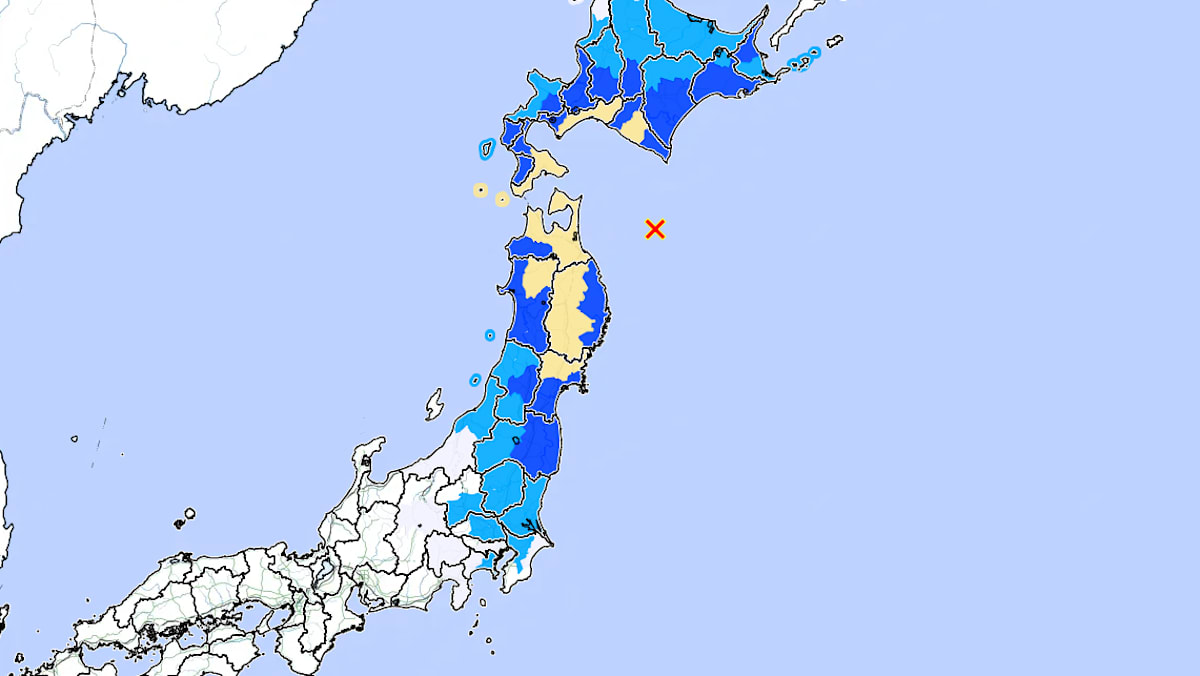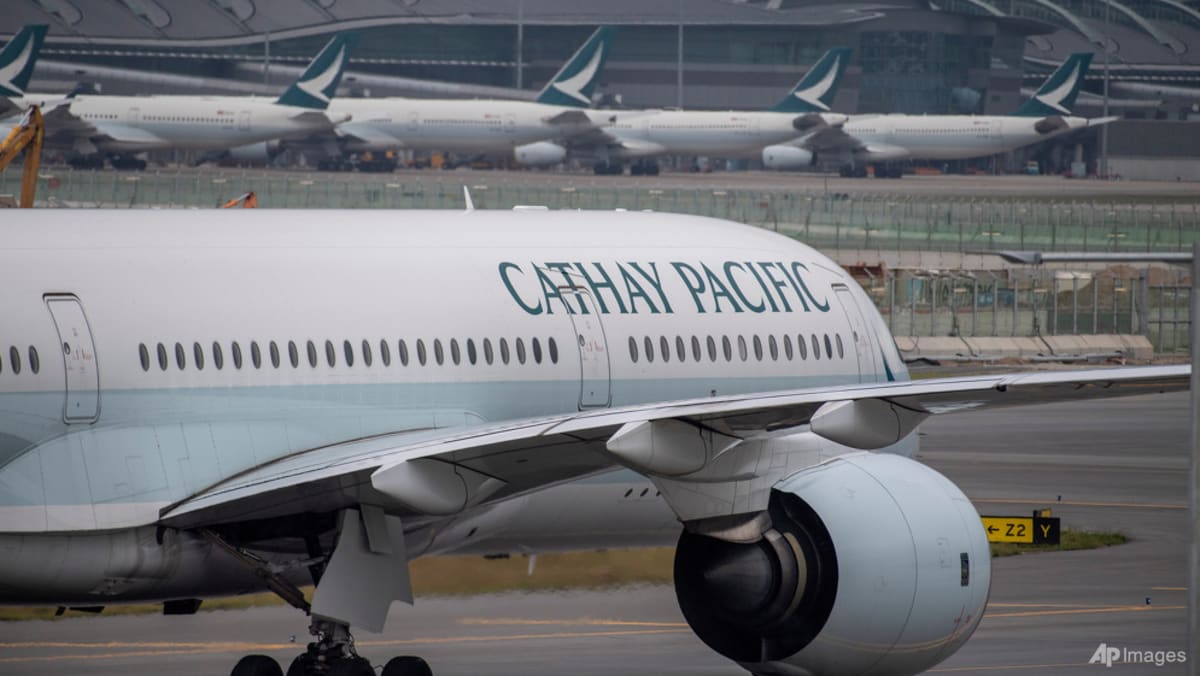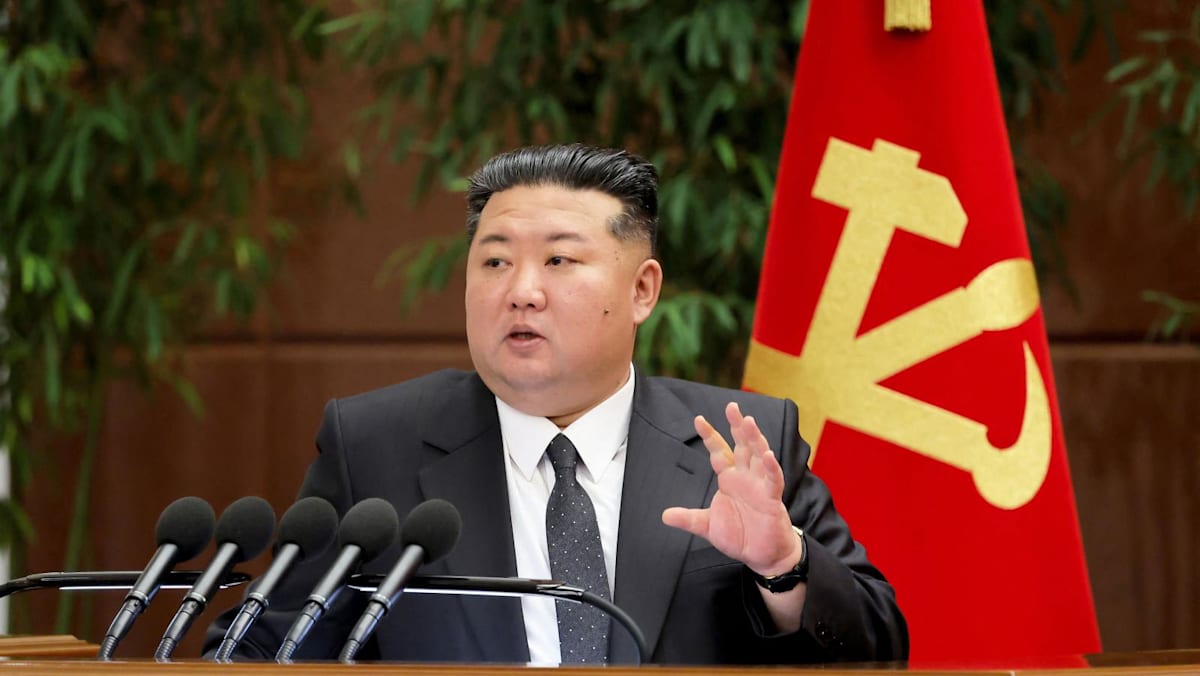Commentary: How the Myanmar regime is surviving
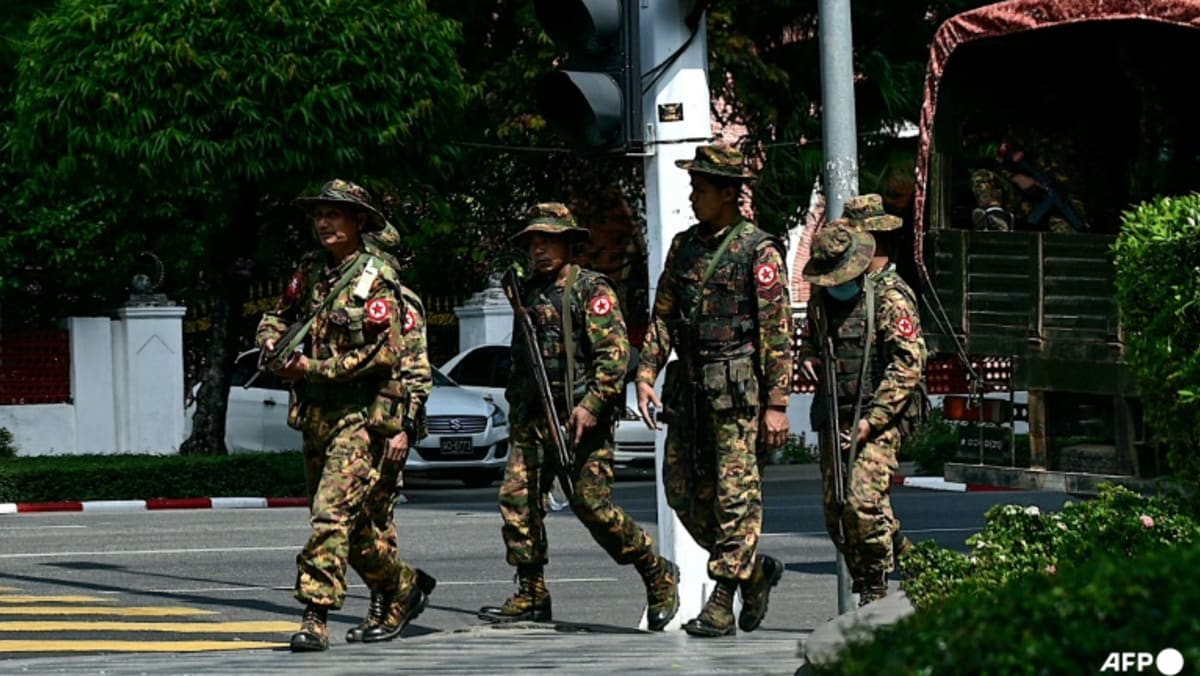
The recent killing of more than 20 Rohingya Muslims in Minbya township of Rakhine, and the razing of towns in Hsihseng in Southern Shan State, underscore the destructive capacity of the SAC’s firepower, buttressed by widespread use of heavy artillery and increased use of weaponised drones.
In recent days, there have been multiple air strikes in four different states across Myanmar. According to an account from Karenni State, civilians were bombed 32 times in two hours.
Amnesty International reported in late January that several jet fuel sales to Myanmar’s military in 2023 were facilitated through storage facilities in Vietnam via Chinese and Liberian flagged tankers, but whose ownership could not be determined.
On Feb 1, Australia imposed sanctions on three Myanmar companies supplying the military with aviation fuel. US sanctions specifically targeting Myanmar’s foreign arms supplies have been imposed regularly since the coup, with specific sanctions on jet fuel supplies in March and August 2023.
These measures should be coordinated and expanded in light of the surge in air strikes.
David Scott Mathieson is an independent analyst working on conflict and human rights issues on Myanmar. This commentary first appeared on Lowy Institute’s blog, The Interpreter.
Source: CNA


